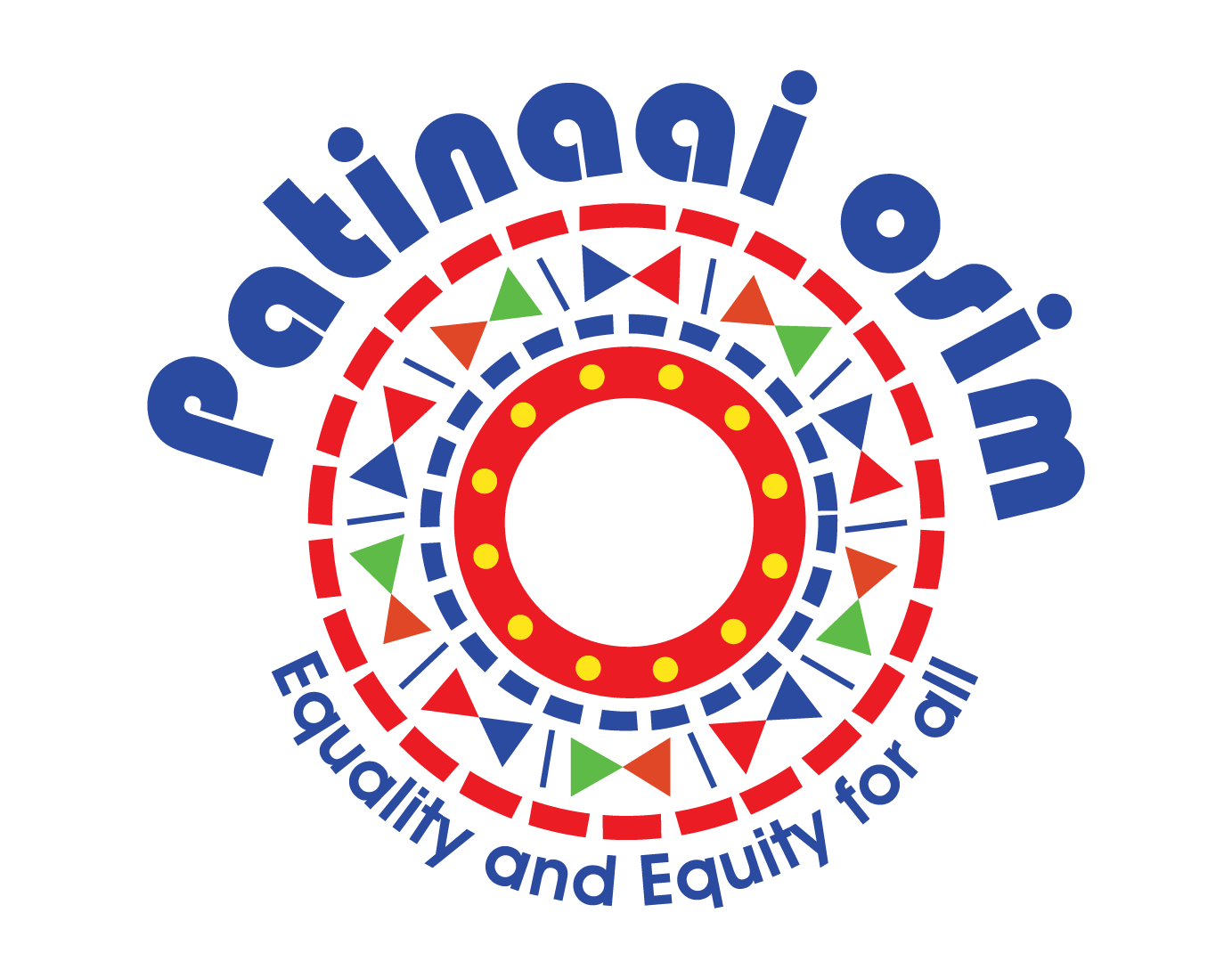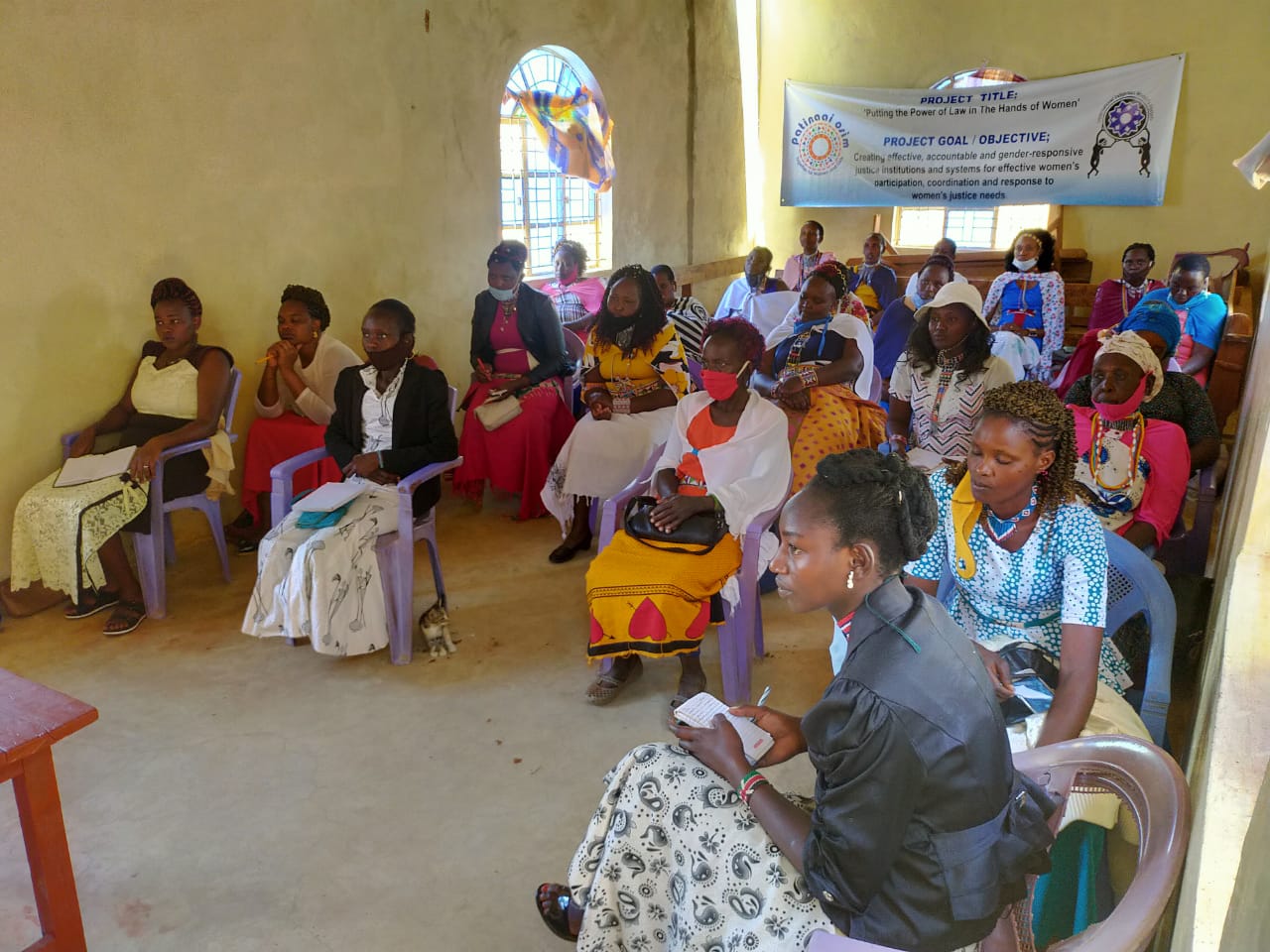Worth of educating a Maasai Woman/Girl
“Lacking inclusive and impartial quality education, and long-lasting opportunities for all, countries/communities cannot achieve gender equality and breaking the cycle of poverty that’s leaving various children, youth, and adults behind.”

Gender inequality is recognized because it is the main reason for poverty among the Maasai community, causing a high rate of illiteracy, additionally inhibiting economic development within the area. Culture and traditions deeply influence a girl’s ability to enroll, complete schooling, and transition to higher education compared to the boys.
Illiteracy is the root cause of poverty, malnutrition, and poor health. Education is not only a means of overcoming poverty, but also increasing income and improving nutrition and health. This will in turn lead to women’s and girls’ self-confidence improving enriching the standard of their lives.
The lack of education has for years made women and girls passive members of their community, unable to contribute in policy, leadership and decision making. This leaves them oppressed by cultural norms that no longer serve them, and under the mercy of the male members of the community.
The probability of girls school enrollment are significantly lower compared with the boys. The introduction of free primary education in Kenya led to a rise in school attendance across the country, however, enrollment rates among girls in marginalized areas like Kajiado County, where Pa#naai Osim is based remains much lower. Enrollment within the first years of school are high, unfortunately the number of girls enrollment decreases as they ascend to the higher school grades. This culminates to a significantly low number of high school enrollment of girls into secondary school. Dropping out of school is attributed to lack of sanitary towels, early marriage, female genital mutilation (FGM), poverty, social norms and other factors.
The gender gap in education, however, comes at a high cost to growth and development. The mothers’ education is the single most vital determinant of a family’s health and nutrition. Gender inequality must be overcome through increased awareness of the importance of education for all and endeavoring to retain the number of girls already in school.

To increase girls’ education, engaging the custodians of tradition and culture: elders, community and spiritual leaders, elected leaders, youth, and warriors is paramount. They are the primary decision-makers and exert the power, influence, and authority to control girls’ education.
Pa#naai Osim recognizes that educa#on is a fundamental human right that will empower women to participate fully in the economic, social and political issues of their communities. Mentorship programs are carried out to sensitize not only women and girls but also the male as stakeholders, the importance of a girl’s education.
Providing information to these girls and women in a language they understand fully has also been a cornerstone of Pa#naai Osim’s efforts in ensuring that there is access to education on an equal footing. Most of the older women are illiterate and though it may be too late to teach them a new language, delivering information on nutrition and health in their language goes a long way in the increase of their knowledge. Patinaai welcomes like minded individuals and organizations that are passionate about the empowerment of indigenous communities to partner with us.


